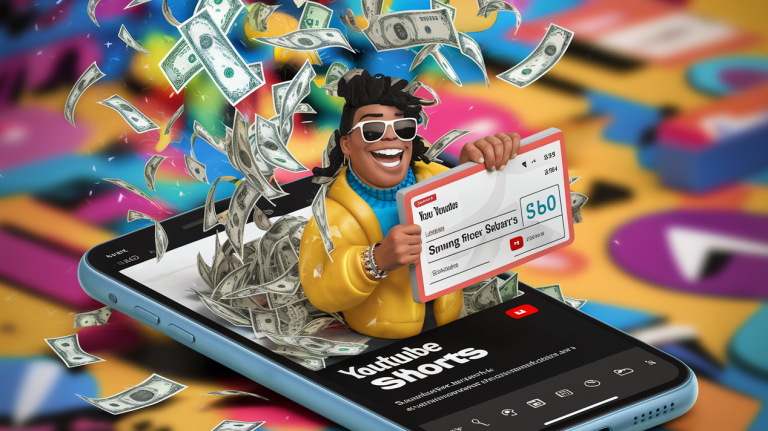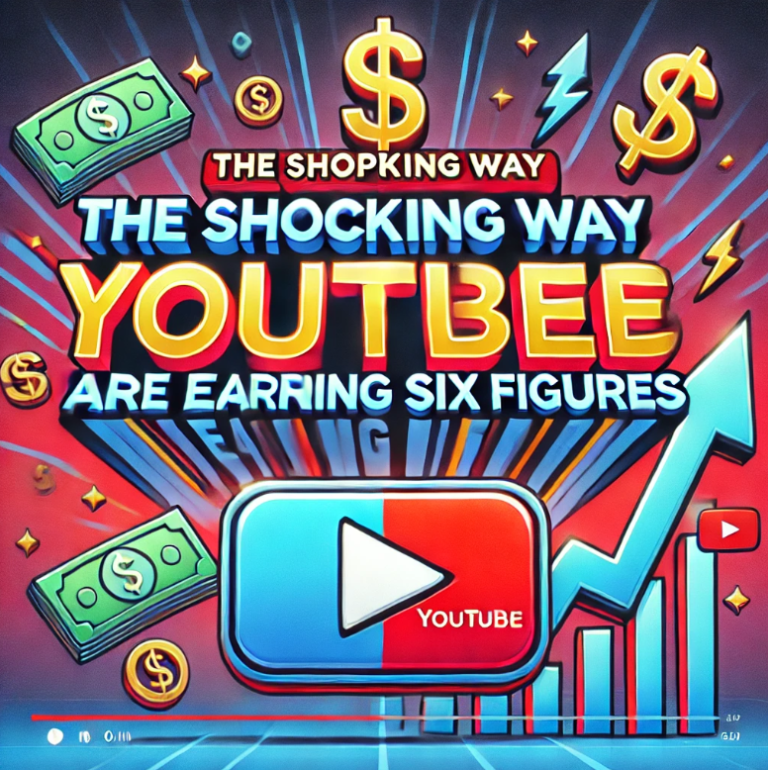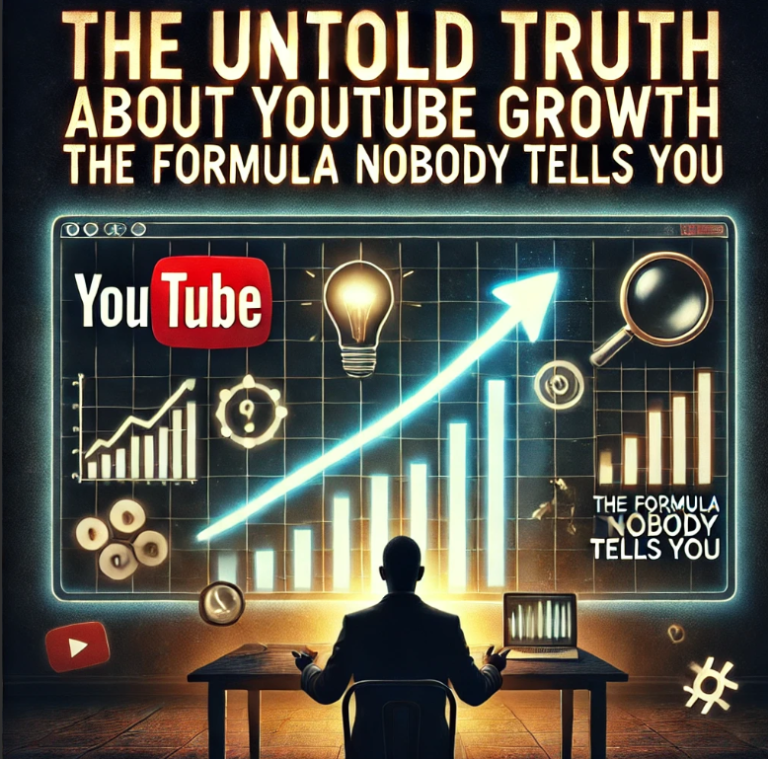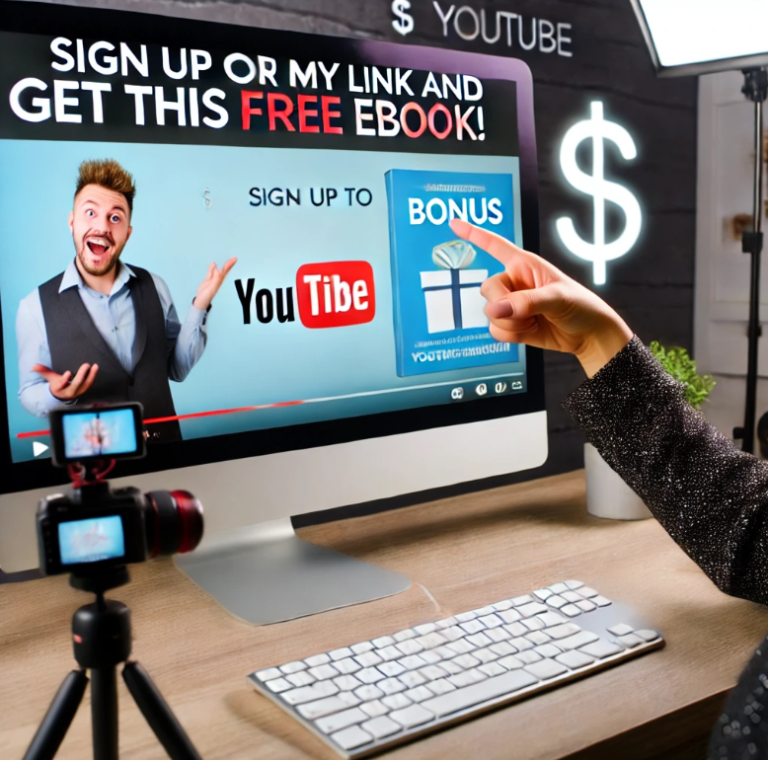YouTube monetization might seem like the dream, but there’s a hidden reality that creators often don’t talk about.
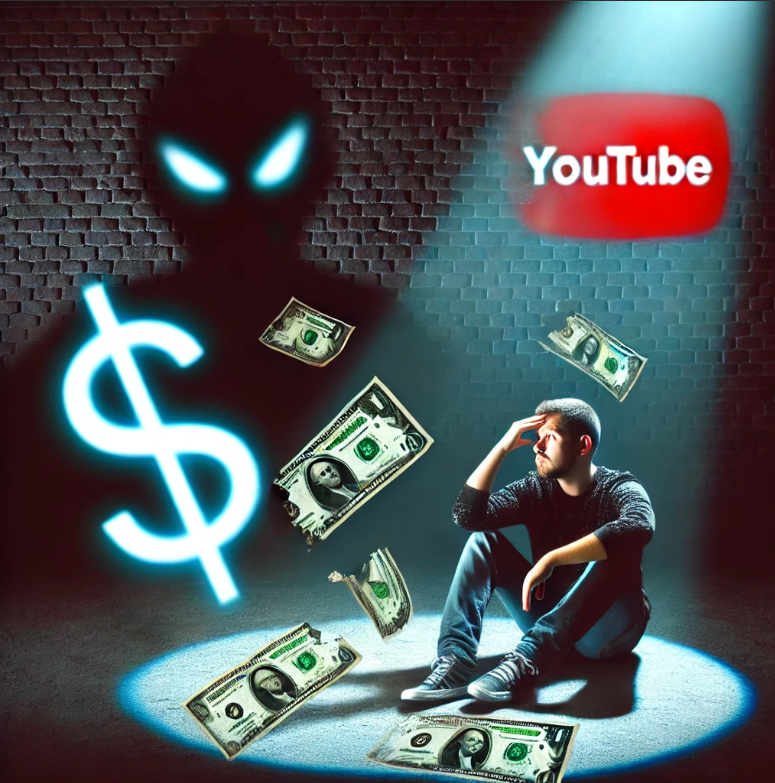
If you’re grinding away at your YouTube channel, pushing for that 1,000 subscribers and 4,000 watch hours, you’re probably laser-focused on one thing: monetization. It’s the holy grail for most creators—the moment when your channel starts generating income from ads, and all your hard work finally pays off. Or does it? The truth is, while YouTube monetization might sound like the key to financial freedom, there’s a darker side to it that not enough creators discuss. And this hidden reality might surprise you.
In this blog post, we’re diving into the side of YouTube monetization that no one wants you to know about. From low ad payouts to algorithmic control, I’ll uncover the truth behind the glitz and glam of YouTube ads—and why they might not be the answer to your income goals.
The Myth of Easy Money: Why Ad Revenue Isn’t All It’s Cracked Up to Be
For many new YouTubers, monetization through ads is seen as the ultimate goal. You dream of making money while you sleep, thanks to ad revenue that builds up with every view. But here’s the dark truth: ad revenue isn’t nearly as lucrative as it’s made out to be.
How Much You Actually Make from Ads
The amount of money you earn from ads depends on two things: your CPM (Cost Per Thousand Impressions) and your number of views. CPM varies based on factors like your niche, audience, and location, but it’s typically between $2 and $10 per 1,000 views. Sounds decent, right? But when you factor in that most channels don’t have hundreds of thousands of views per video, the numbers start to shrink fast.
Let’s break it down. Say your CPM is $5, and you’re getting 1,000 views per video. That means you’re making $5 per video in ad revenue. If you’re posting once a week, that’s about $20 per month in ad revenue—hardly enough to live off of. Even if your videos start hitting 10,000 views, you’re still only making about $50 per video from ads. Suddenly, monetization doesn’t seem as life-changing as it first appeared.
The Harsh Reality of Low CPM Niches
Some niches perform better with ad revenue, like finance or tech, where advertisers are willing to pay more for targeted audiences. But if your content falls into lower CPM categories—like vlogging or lifestyle content—your ad payouts might be on the lower end of the spectrum. That means you’re working just as hard but earning less.
The Algorithm Is in Control: How Monetization Affects Your Content
Once you’re monetized, you’re not just making money from your content—you’re also playing by YouTube’s rules. YouTube’s algorithm has a lot of power over which videos get promoted and which don’t, and once you’re monetized, your relationship with the algorithm becomes even more complicated.
Pressure to Chase Views
When you start relying on ad revenue, there’s an unspoken pressure to create content that’s algorithm-friendly. That means you might feel tempted to prioritize clickbait, trendy topics, or sensational content, even if it’s not in line with your brand. The more views you get, the more money you make from ads. But chasing trends can also make your content feel less authentic, and you might find yourself creating videos you’re not passionate about just to stay in the algorithm’s good graces.
Demonetization: When You Lose Control
One of the biggest fears for monetized creators is demonetization. YouTube has strict guidelines for what content can be monetized, and if your videos don’t meet these standards, they can be flagged as “unsuitable for advertisers.” This means your video might still be up, but you’ll earn little to no ad revenue from it. And the kicker? YouTube doesn’t always tell you why your video was demonetized.
Content that includes controversial topics, adult themes, or even mild language can get flagged, sometimes unfairly. Once you’re monetized, you’re walking a fine line, constantly worrying about whether your content will trigger YouTube’s demonetization bots.
The Real Money Isn’t in Ads – It’s in Diversifying Your Income
If you’re relying solely on ad revenue to make money on YouTube, you’re setting yourself up for disappointment. The truth is, most successful creators don’t rely on ads as their primary source of income. Instead, they diversify with other revenue streams that bring in more consistent, reliable earnings.
Affiliate Marketing: Your Secret Weapon for Early Earnings
Affiliate marketing allows you to recommend products or services to your audience and earn a commission when they make a purchase through your unique link. This is one of the most effective ways to make money on YouTube, even before you’re monetized.
The beauty of affiliate marketing is that it doesn’t rely on views—it relies on engagement. If your audience trusts you and values your recommendations, they’re likely to click on your links and buy the products you recommend. This can generate steady income, regardless of how many views you’re getting.
Digital Products: Create Once, Sell Forever
Selling digital products is another smart way to generate income on YouTube. Whether it’s an ebook, online course, or downloadable resource, digital products allow you to make money on autopilot. Once you’ve created your product, you can promote it in your videos and earn passive income long after the initial effort is done.
What’s great about digital products is that they don’t require YouTube’s permission. You don’t need to hit any milestones to start selling, and the money goes directly into your pocket without YouTube taking a cut.
Sponsorships: Even Small Channels Can Land Deals
Another underutilized income stream is sponsorships. Many creators think that you need millions of subscribers to land a brand deal, but that’s not the case. Smaller channels with engaged, niche audiences are often attractive to brands because their viewers are more likely to trust their recommendations.
Don’t wait until you’re a massive channel to reach out to brands. Start building relationships early, and look for sponsorship opportunities that align with your content. Even smaller sponsorships can bring in more money than ad revenue alone.
Crowdfunding and Memberships: Let Your Audience Support You
Platforms like Patreon and Ko-Fi allow your audience to financially support your channel through monthly memberships or one-time donations. In exchange, you can offer exclusive content, early access to videos, or personalized shout-outs.
Crowdfunding can be a great way to generate reliable, recurring income, especially if you have a loyal audience. It’s also a good way to connect with your biggest fans and reward them for their support. Plus, it doesn’t rely on YouTube’s ad system, so you don’t have to worry about demonetization or fluctuating CPMs.
The True Cost of Monetization: Losing Creative Freedom
Perhaps the darkest side of YouTube monetization is the way it can affect your creative freedom. Once you start relying on ads for income, you’re no longer just making content for your audience—you’re also making content for advertisers. This can limit the kinds of videos you create and push you to stick with “safe” topics that won’t trigger demonetization.
For some creators, this means sacrificing authenticity and passion for the sake of earning more money. The pressure to cater to advertisers can lead to burnout, and many creators find themselves stuck in a content rut, producing videos they don’t enjoy just to keep the ad revenue coming in.
Final Thoughts: You Don’t Have to Rely on Ads to Succeed
The dark side of YouTube monetization isn’t just about low ad payouts or demonetization—it’s about losing control over your content and relying too much on a system that can change at any moment. But the good news is, you don’t have to rely on ads to make money on YouTube. By diversifying your income streams through affiliate marketing, digital products, sponsorships, and crowdfunding, you can take control of your earnings and maintain your creative freedom.
Don’t fall into the trap of thinking that ads are the only way to make money. There are plenty of other options available that are often more profitable and reliable than ad revenue alone. Start exploring these opportunities today, and you’ll be amazed at how much more you can earn—even before you’re monetized.
